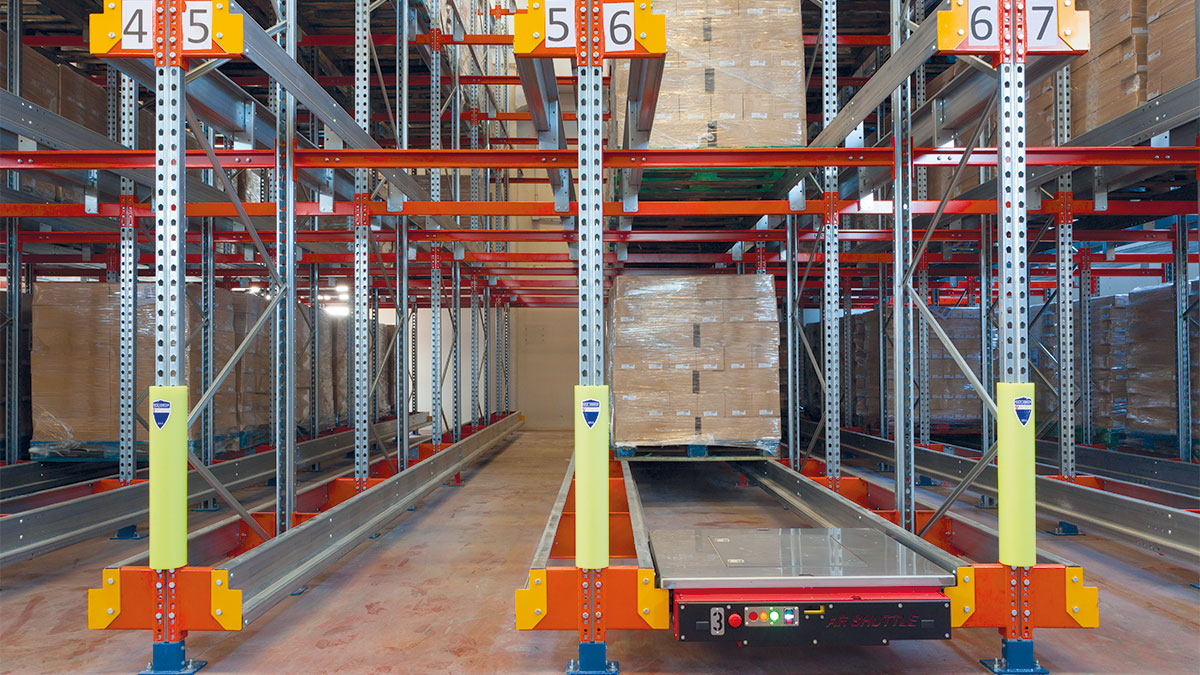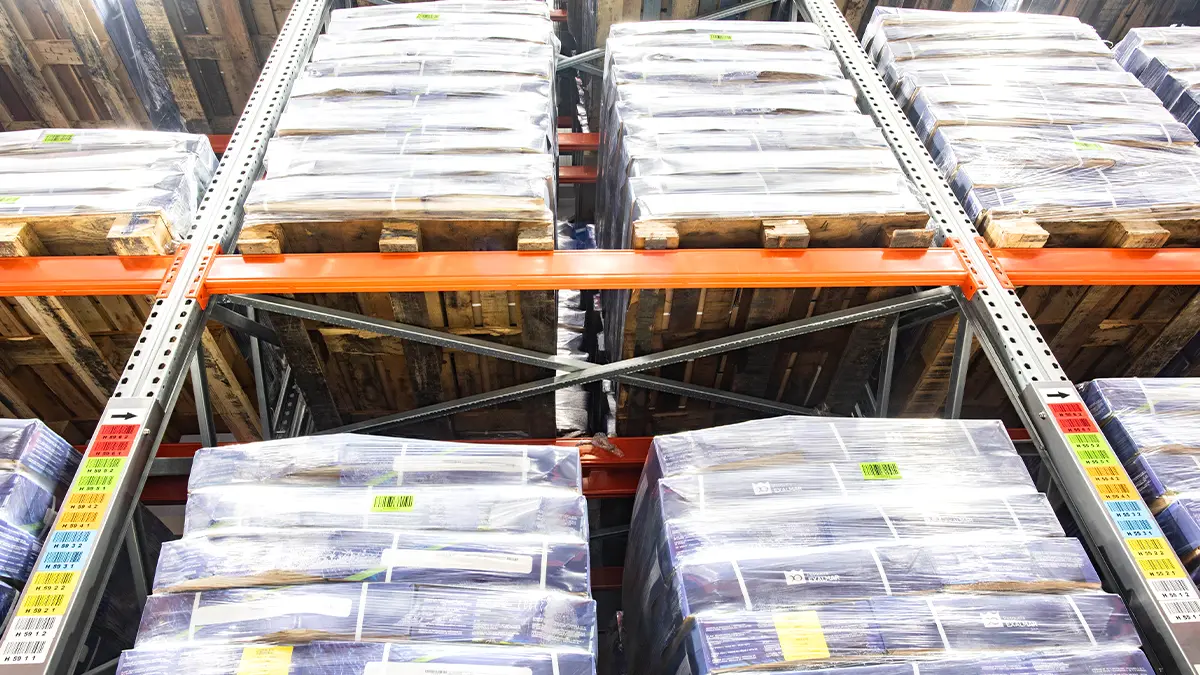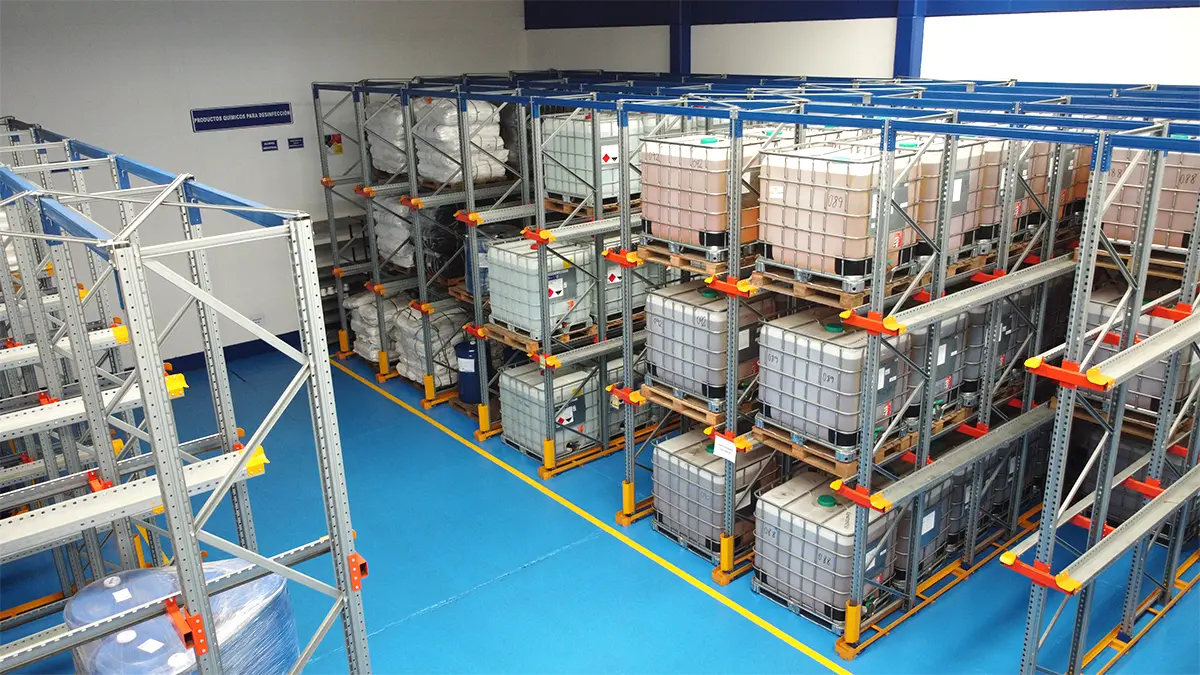The growth of PLC, also called programmable logic controllers, in logistics centres has gone hand-in-hand with the automation of warehouses and production centres. These processors are responsible for carrying out the automation processes in logistics and industrial environments. In other words, they are the devices in charge of processing instructions and carrying out the programmed movements so that the automated solution works correctly.
What is a PLC?
The PLC (programmable logic controller) is the key piece of the automation of logistics processes. A PLC is a computer that fulfils a basic function: managing and controlling the automated warehouse equipment in real time, allowing it to react and activate movements in a matter of seconds. Nowadays, many automated warehouses have a PLC processor to facilitate the automation of movements and optimise the logistics process.
What is a PLC for?
As already mentioned, a PLC is used to control, automate and classify processes in warehouses and distribution centres. Logistics centres are complex and require careful planning and coordination of movements to ensure that products move correctly, efficiently and safely across the supply chain. The PLC helps in this whole process, since it provides a centralised and programmable control platform that can perform multiple tasks.
An example of the use of PLC is the distribution, organisation and classification of packages in the warehouse. Countless packages of different sizes, shapes and weights arrive daily at a distribution centre and each one has to be classified and distributed to different destinations. The PLC is in charge of programming and controlling the conveyors that transport the packages to guide them to the correct routes. They also contain sensors to detect the weight, size and shape of the packages and later use this information to classify them and send them to their final destinations.
Another of the most common uses of PLC is inventory management. In a warehouse the PLC can program and control the movements of products and packages to keep a precise record of inventory levels. Thanks to its sensors it can detect the presence and location of packages and use this information to track product movements in order to generate inventory reports in real time.

How is a PLC used in automation/logistics?
The programmable logic controller uses an industrial communication network that links and connects the system to the different elements of an automated warehouse. PLC can also be equipped with safety devices that guarantee the reliable and safe operation of the machines and minimise any possible error, reducing downtime and repair costs.
In conclusion, the PLC is mainly used in the automation of logistics processes, which makes it possible to optimise production, improve manufacturing efficiency, minimise errors, reduce costs and monitor in real time, making it the key tool for modern logistics.
Advantages of using PLC in logistics
- Process automation: the PLC allows the automation of processes that would otherwise have to be carried out manually, which saves time and reduces errors associated with manual processes.
- Flexibility: the PLC is programmable making it adaptable to different logistics needs and requirements, since it can be configured to perform a variety of tasks.
- Improves efficiency: the PLC is capable of performing tasks with very high precision and speed, which helps to optimise the activity of the process. Additionally, these processors can run multiple tasks at the same time, further increasing efficiency and reducing downtime in the warehouse.
- Cost reduction: by automating processes, the need for labour is minimised and errors are reduced, which in turn is a cost reduction.
- Real-time monitoring: the PLC is able to monitor processes in real time, which helps improve performance and make real-time adjustments to optimise the process and improve efficiency.
- Error reduction: PLC controlled systems are much more accurate than manual systems, minimising the number of errors associated with manual processes.
- Improves safety: the PLC can be programmed to control and automate the movements of equipment and machines safely, which reduces the risks of work accidents, ensuring worker safety.
- Minimise the environmental impact: Being a process mainly used in the automation of logistics processes, this helps to reduce pollution and the environmental footprint thanks to the development of green logistics in companies in the industrial sector.




